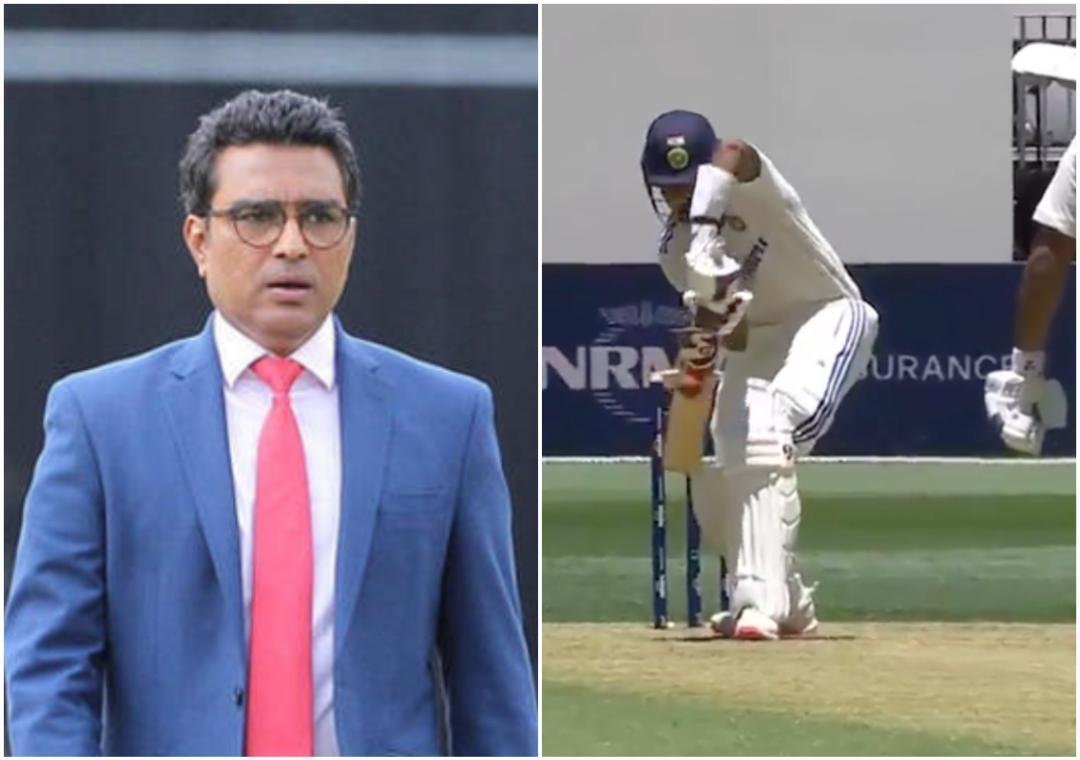 |
|
The recent India-Australia Test match witnessed a controversial moment involving Indian opener KL Rahul's dismissal, sparking debate and criticism from former cricketer Sanjay Manjrekar. Manjrekar, known for his insightful commentary, didn't mince words in expressing his disappointment with the technology used by the TV umpire in making the decision. He pointedly stated that the technological support provided was inadequate, leading to an incorrect judgment. This highlights a crucial issue within the realm of modern cricket – the growing reliance on technology for crucial decisions, and the potential for technological failure to impact the game's fairness and integrity. The pressure on these umpires is immense, as their decisions can significantly alter the course of a match and even a series, underscoring the need for reliable and comprehensive technological support.
Manjrekar's specific complaint centered on the lack of conclusive evidence provided to the TV umpire. He asserted that the available visual evidence unequivocally showed Rahul's bat making contact with the ball before the ball hit his pad. This claim, if accurate, implies a failure of the technology to adequately capture and present this crucial piece of information to the match official. This raises concerns about the quality, accuracy, and overall effectiveness of the Decision Review System (DRS), a technology increasingly relied upon in international cricket to assist umpires in making accurate decisions and minimize human error. The incident serves as a stark reminder of the inherent limitations of even the most advanced technology and the importance of refining and improving systems to reduce these errors in the future.
The incident involving Rahul's dismissal underscores a broader conversation surrounding the role of technology in sports. While technological advancements have undoubtedly improved the accuracy and fairness of sporting events, they are not without their limitations. The reliance on technology to make crucial decisions introduces a new set of challenges and potential for failure. It’s essential to continuously assess, evaluate and improve these systems to ensure they consistently meet the demands of high-stakes sporting events. The incident also brings attention to the human element involved in interpreting technological evidence. Even with advanced technology, the final judgment still rests on the interpretation and decision-making capabilities of match officials. Human fallibility remains a factor, even when supported by technology, thus highlighting the importance of training and experience in using this technology effectively.
Furthermore, the controversy surrounding Rahul's dismissal raises questions about the transparency of the decision-making process. It's vital that sporting governing bodies ensure that the process through which these technological aids are utilized is open and understandable. This transparency would allow for greater public confidence in the integrity of the decisions made. This incident serves as a powerful example of how critical it is to continually improve the technology and the training provided to officials to minimize misinterpretations and ultimately ensure fair play. A clear and open discussion about the technological limitations and the human interpretation of this technology is vital for the future of cricket.
In conclusion, the incident surrounding KL Rahul's dismissal and Sanjay Manjrekar's subsequent criticism highlight the need for continuous improvement in the technologies used in cricket and the training for those responsible for using them. While technology undoubtedly plays a significant role in enhancing the accuracy of umpiring decisions, it remains critical to address the potential pitfalls and ensure that the systems in place are robust, reliable, and capable of consistently delivering accurate and fair outcomes. The focus should be on both technological advancements and the human element, creating a synergistic approach to maintain the integrity and fair play that is crucial to the spirit of the game.
